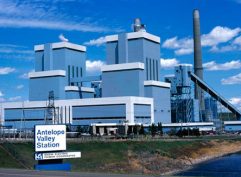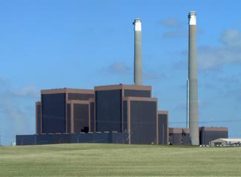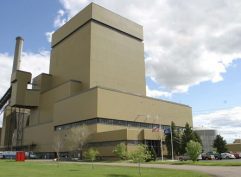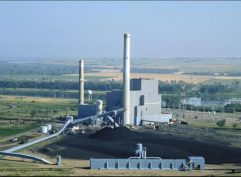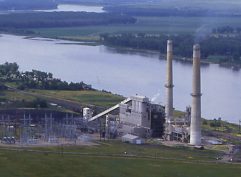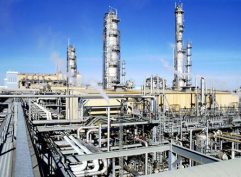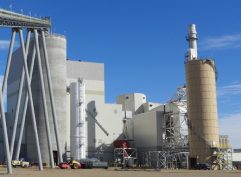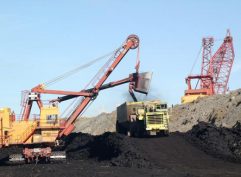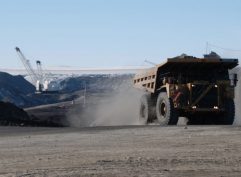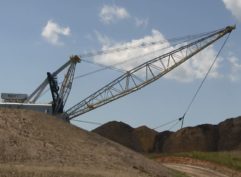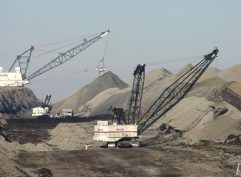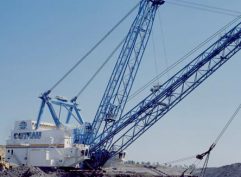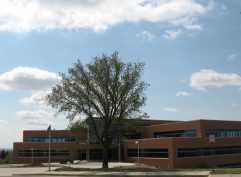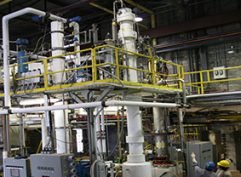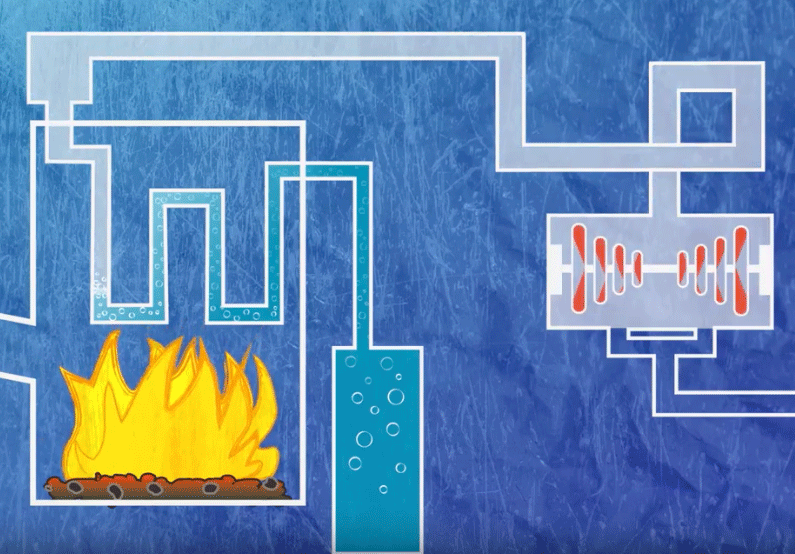NDIC approves funding for two lignite R&D proposals
The North Dakota Industrial Commission (NDIC) approved funding totaling over $15 million for two lignite research projects at its November 20 meeting.
The larger of the two is a request for $15 million to help fund a Front-End Engineering and Design (FEED) study for Project Tundra, a commercial-sized carbon dioxide (CO2) capture system retrofitted on an existing lignite-based power plant. Modeled after the successful Petra Nova initiative in Texas, the vision for Project Tundra is to retrofit Unit 2 at the Milton R. Young Station with technology that could capture up to 95 percent of its CO2 emissions. The CO2 captured at the Young Station would be pipelined to western North Dakota for use in enhanced oil recovery projects. The project would cost $31 million and the proposal is asking for $15 million from the Lignite Research Fund.
In a joint statement, the NDIC members said, “The energy industry in our state provides thousands of good-paying jobs and millions in tax revenue every year to local and state governments. The fact that this project benefits both the coal and oil industries and the environment makes it a high priority for the citizens of North Dakota as we work to grow our economy for the future.”
Another $15 million would be requested from the U.S. Department of Energy’s National Energy Technology Laboratory in early 2019. Minnkota Power Cooperative would also invest cash and in-kind contributions. Other participants include BNI Energy, Eagle Energy Partners, Mitsubishi Heavy Industries, Energy & Environmental Research Center (EERC), Burns & McDonnell and others.
“The state of North Dakota has long been a leader in energy innovation thanks to strong support from its elected officials and the pioneering spirit of its companies,” said Mac McLennan, Minnkota Power Cooperative President & CEO. “Project Tundra represents an opportunity to connect the state’s lignite and oil industries in a way that increases energy production while reducing emission levels – a true win-win. The next round of research funding is essential to understanding how this breakthrough technology can be applied to North Dakota facilities.”
The FEED study is expected to take up to 32 months to complete and will include not only equipment for the Young Station but also a design for an underground pipeline to transport the CO2 120 miles from the Young Station near Center, N.D., to oil fields near Watford City, N.D.
 In approving this funding request, members of the NDIC noted that the potential of adding technology to capture CO2 from existing lignite-based power plants provides the state of North Dakota market opportunities to produce otherwise stranded crude oil from western oil fields. A recently completed economic study by the EERC showed that North Dakota’s economy would benefit from an added $45 billion in the next 30 years from CO2 capture and utilization
In approving this funding request, members of the NDIC noted that the potential of adding technology to capture CO2 from existing lignite-based power plants provides the state of North Dakota market opportunities to produce otherwise stranded crude oil from western oil fields. A recently completed economic study by the EERC showed that North Dakota’s economy would benefit from an added $45 billion in the next 30 years from CO2 capture and utilization
A second, and smaller, project involves the study of using fly ash in asphalt pavement. The University of North Dakota’s Department of Civil Engineering is teaming with Great River Energy and two regional construction firms to determine whether fly ash from lignite-based power plants can be used as a mineral filler in asphalt pavement.
“This collaboration between University of North Dakota researchers and the lignite industry could enable yet another use of byproducts from North Dakota’s vast lignite resources. The North Dakota Department of Transportation will also work with the researchers on this project,” the NDIC members said in a joint statement,
Currently, lime is widely used to reduce moisture damage in asphalt pavements. This study will determine whether fly ash will perform as well or better than lime. The project would cost $119,463 and the proposal is asking for $53,814 from the NDIC. UND’s Civil Engineering Department is contributing 53 percent of the investment in the project with the other partners contributing 2 percent. The project is expected to take one year to complete.
“This research has potential to open up a fly ash market for all coal-based facilities in North Dakota, resulting in new revenue sources. This, in turn, could lower landfill costs because of reduced disposal of fly ash,” said Al Christianson, director of business development and government affairs for Great River Energy.
The Lignite Research Council approved both grant proposals at its meeting on Nov. 15 in Bismarck. The two proposals were then advanced to the NDIC, which is comprised of Gov. Doug Burgum as chairman, Attorney General Wayne Stenehjem and the Agriculture Commissioner Doug Goehring, for their consideration of final approval.
The NDIC is a partner with the regional lignite industry in the Lignite Research Program. State dollars are leveraged with industry investments for research and demonstration projects. Since 1987 when the partnership began, the state has invested more than $60 million in lignite research funds. Total investment in more than 190-plus projects is in excess of $700 million. Besides state dollars, R&D funding also comes from industry sources such as mines and utilities, research entities, such as the EERC, and the Department of Energy.


